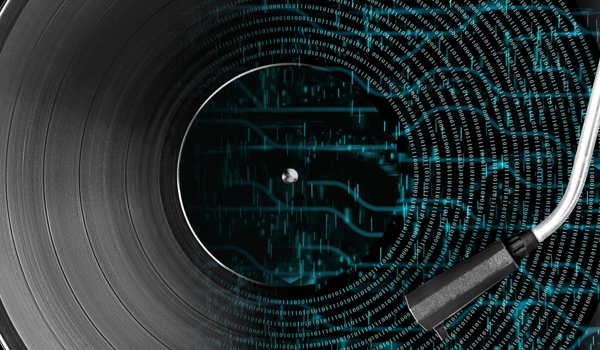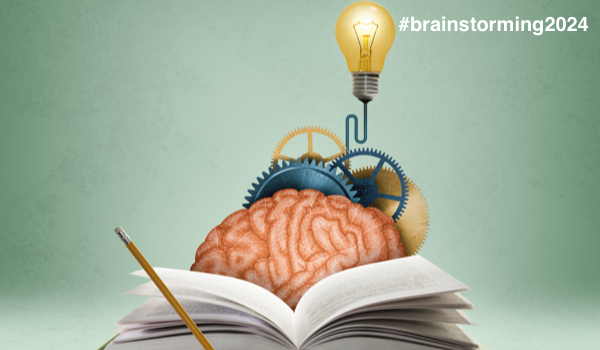


BELMONT, MASSACHUSETTS - The 1990s saw the successful application of new machine learning (ML) methods and the rebirth of one such method, artificial neural networks. The key protagonist in this remarkable renascence was Geoffrey Hinton, great-great-grandson of George Boole - inventor of Boolean Algebra - first applied by Claude Shannon, the so-called ‘father of information theory,’ to switching circuits and later, by others, to all modern computers.
Geoffrey Hinton
After studying physiology, physics, and philosophy at the University of Cambridge, Hinton graduated in 1970 with a degree in experimental psychology, convinced that none of these other disciplines had yet done much to explain human thought. During a brief career shift into carpentry, Hinton was inspired by psychologist Donald Hebb’s book about learning and neural networks to develop his own theories of how the brain worked. In 1972, he began a PhD at the University of Edinburgh’s School of Artificial Intelligence as a way of testing his theories.
Unfortunately, the high level of discord between the senior members of the school had become known to the Science Research Council (SRC) - SRC and its successor were the agencies in the United Kingdom in charge of publicly funded scientific and engineering research into astronomy, biotechnology and biological sciences, space research and particle physics from 1965 to 1994 - its main sponsor. SRC invited applied mathematician Sir James Lighthill to review the field of artificial intelligence (AI), and his report - published in early 1973 - concluded that "in no part of the field have the discoveries made so far produced the major impact that was then promised."
The result was the ‘AI winter’ of the 1970s - which also coincided with the start of Hinton’s academic career. To make matters worse, his advisor suddenly switched from
The content herein is subject to copyright by The Yuan. All rights reserved. The content of the services is owned or licensed to The Yuan. Such content from The Yuan may be shared and reprinted but must clearly identify The Yuan as its original source. Content from a third-party copyright holder identified in the copyright notice contained in such third party’s content appearing in The Yuan must likewise be clearly labeled as such. Continue with Linkedin
Continue with Linkedin
 Continue with Google
Continue with Google








 849 views
849 views









